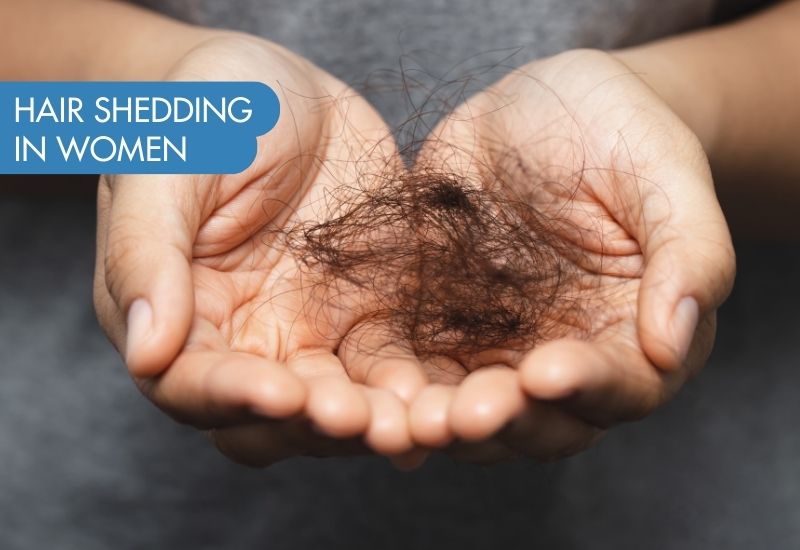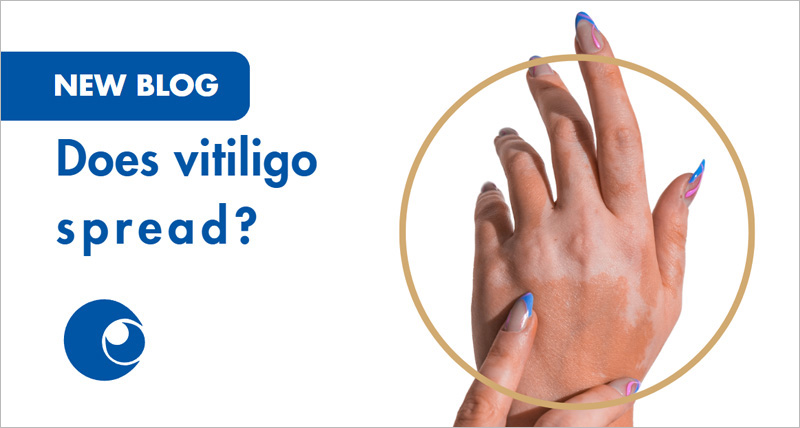
What is vitiligo?
Vitiligo is a condition that leads to paler patches of skin, which may grow bigger with time. It can affect skin (or hair) on any part of the body.
Your hair and skin colour is determined by a pigment named melanin. When melanin-producing cells die or stop functioning, those areas of skin change colour – leading to vitiligo.
Vitiligo affects people of all skin types but tends to be more noticeable in brown or Black skinned people. While it can affect people of any age, it usually appears before your 30th birthday. It is not life-threatening or contagious.
What are the symptoms of vitiligo?
- Patches of paler skin, usually appearing first on your hands and face, around your eyes, nose or mouth or around your genitals
- Prematurely white or grey hair, eyelashes or eyebrows
- Paling of the mucous membranes that line the inside of your mouth and nose.
What causes vitiligo?
Vitiligo is an autoimmune condition – one where your immune system mistakenly destroys healthy parts of your body. In this case, your immune system attacks and destroys melanocytes. These are the skin cells that produce melanin, which gives your skin its colour.
You’re more likely to develop vitiligo if you have other autoimmune conditions such as:
- Type 1 diabetes
- Psoriasis
- Rheumatoid arthritis.
So, is vitiligo hereditary? It does run in families – about 30% of patients have a family history of the condition. A child will not automatically develop vitiligo simply because one of their parents has it but their family history does increase their risk of the condition.
Emotional and psychological impact of vitiligo
Living with any chronic condition can be challenging and can take up a lot of your time and energy.
Because vitiligo affects your skin, it is often visible to other people. Studies show that vitiligo can affect your self-esteem and quality of life. It may contribute to isolation and depression.
Vitiligo treatment
There’s no cure for vitiligo but treatment can help to manage your symptoms. Treatments include:
- Steroid creams or medications
- Topical calcineurin inhibitors (a cream that suppresses your immune system)
- Vitamin D3 analogs
- Phototherapy (a narrow band of ultraviolet B light) to suppress your immune system and stimulate melanin production
- Laser therapy
- Antioxidants
- Depigmentation
- Camouflage – tattoos or makeup
- Skin grafts (surgery).
In addition, many patients benefit from psychological support to help manage the ongoing stress and the changes to their appearance.
How can we help?
Vitiligo is not easy to live with. Sinclair Dermatology offers comprehensive, multidisciplinary care for patients with vitiligo.
If you would like help to ease your vitiligo symptoms and improve your quality of life, please contact us.
Disclaimer
All information is general and is not intended to be a substitute for professional medical advice.







